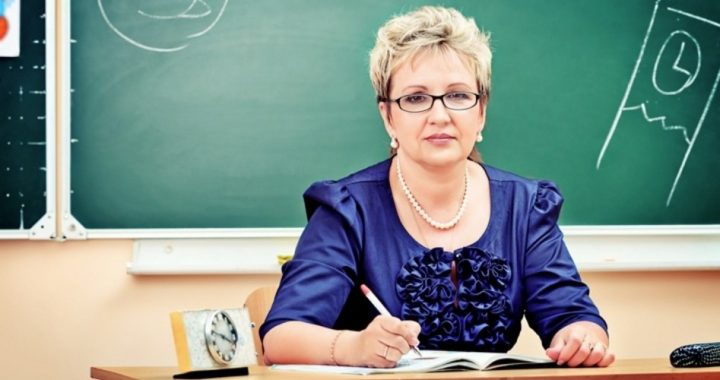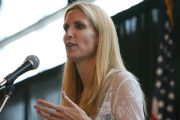
Conventional wisdom has it that more teachers in school classrooms mean better education for the students in those classrooms, which in turn means economic growth. Certainly that’s the opinion of President Barack Obama, who just last month stated: “When there are fewer teachers in our schools, class sizes start climbing up. Our students start falling behind. And our economy takes a hit.” Urging Congress to send money to states to keep existing teachers and even rehire laid-off teachers, Obama declared that “the last thing our country needs is to have fewer teachers in our schools.”
Au contraire, says the Cato Institute’s Andrew Coulson. Fewer teachers in public schools are exactly what our country needs, he argues in a Wall Street Journal op-ed:
Since 1970, the public school workforce has roughly doubled — to 6.4 million from 3.3 million — and two-thirds of those new hires are teachers or teachers’ aides. Over the same period, enrollment rose by a tepid 8.5%. Employment has thus grown 11 times faster than enrollment. If we returned to the student-to-staff ratio of 1970, American taxpayers would save about $210 billion annually in personnel costs.
Of course, one might argue that cutting back on school staff, especially teachers, would inevitably lead to worse education. However, as Coulson points out, “a doubling in staff size and more than a doubling in cost have done little to improve academic outcomes,” with federal standardized test scores for 17-year-olds barely having budged over the last 40 years and graduation rates having “stagnated or fallen.” A significant reduction in staff size, therefore, hardly seems likely to do any great harm to student achievement.
“America’s public schools,” Coulson concludes, “have warehoused three million people in jobs that do little to improve student achievement — people who would be working productively in the private sector if that extra $210 billion were not taxed out of the economy each year.”
Leaving all that money in the hands of those who earn it and putting unnecessary school staffers to work at productive jobs would help the economy far more than Obama’s spending program, which just transfers money from one person to another without producing anything of value. Obama’s plan to improve academic and economic outcomes by government spending has already been tried “over a time period and on a scale that he could not hope to replicate today,” Coulson observes. “And it has proven an expensive and tragic failure.”
Instead, he argues, “we must create new, productive private-sector jobs to replace our unproductive government ones.” The private sector always does things better and at lower cost than the government, including educating children. Private schools “produc[e] higher graduation rates and similar or better student achievement at roughly a third lower cost than public schools,” notes Coulson. If more families had the financial wherewithal to choose private schools, a substantial number of the teachers Coulson would furlough could find work in those institutions (albeit not with all the perks that come with public-sector union contracts).
Coulson stumps for “private-school choice programs” and state tax credits for businesses that donate to such programs. These programs already exist in some states, and they are certainly welcome, if small, efforts at breaking the state’s educational monopoly.
Still, the long-term solution is not merely to enable a fraction of America’s children to escape the government schools but to separate school and state completely and to cut taxes accordingly. Only then can we unleash both our students and our economy to perform at their very best.
Photo: Portrait of a smiling teacher in a classroom via Shutterstock



